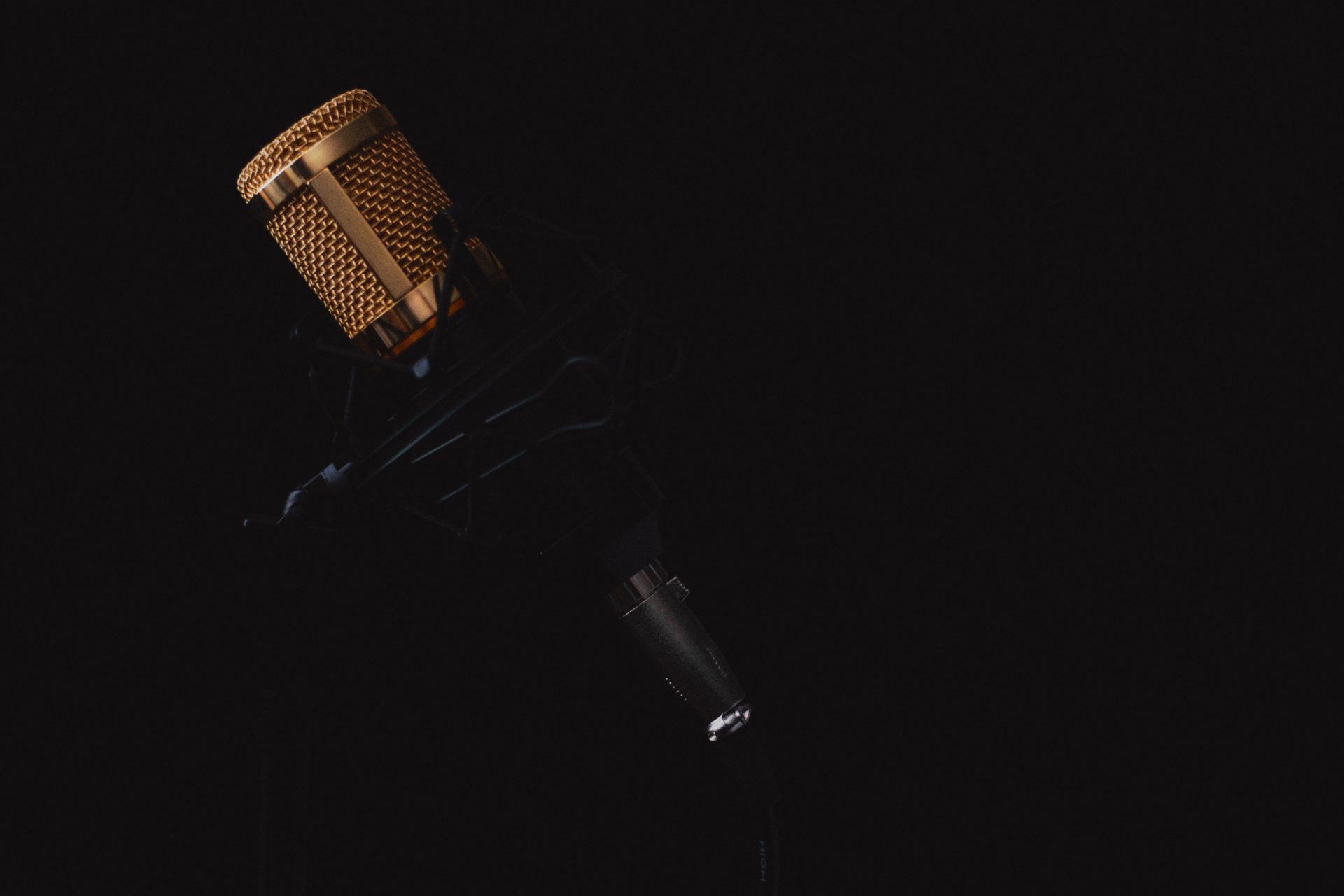Recording Pro Vocals at Home – Part 3
In the part one we tackled reflections and chose the right mic. In the part two we covered everything from setting the signal levels to keeping the right distance and from headphone mix to the recording process itself. To tell you the truth, everything until now has been rather easy and the real work is about to start. Recording pro vocals at home is much more than that.
The hardest part of recording pro vocals is always to get the best possible performance, no matter if you’re in an expensive studio or at home. There’s no way around it. Whether you’re recording yourself or someone else, there are things you can do to make everything run smoother and at least give the opportunity to nail down the perfect performance.

Although already covered up in the part two, setting up a good monitor mix can’t be highlighted enough. It can lift your mood up or bring it crashing down. When you have everything at the right volume, you are comfortable and don’t have to waste energy trying to focus on keeping in time with the song. It’s so much more fun and the results are better. Make sure you get that one right.
In a situation, where you’re recording someone else, you have to handle multiple roles at the same time from a recording engineer to a producer and from an amateur psychologist to a tactician and a motivational speaker. You don’t ever want to mock the singer as even the greatest talent needs encouragement.
Never ever tell a singer they did a bad job. It just lowers their confidence and they will perform even worse. Try to give constructive criticism in the nicest way possible: “That’s great, but how about if we try another one this way?”
Keep the singer feeling comfortable both physically and mentally. If they need to drink some specific green tea or they’re used to having a monitor under their foot (like in live shows), then try to provide them. Fulfilling their weird little wishes might be enough to make them relax and nail down the take.
Also if you know that you already have a take that’s good enough, let them do another one by saying stuff like “We have it, great! How about if we do just one more for fun?”. When the pressure’s off, they might sing that one even better. When you feel the singer getting tired, don’t push it, take a break.
Do (almost) whatever you need to squeeze out the best possible performance. For example when producer Gene Freeman (a.k.a Machine) was recording Lamb of God’s album “Sacrament”, he had the singer run around the block two times and then immediately start singing after that. He wanted an intense live-like performance and that’s how he got it.

No matter if you’re recording yourself or someone else, it’s always good to warm up before starting to sing. This way you don’t waste time by starting to record and then noticing halfway through how the tone has changed (usually for the better). Warm-up exercises are a great way to do this. Also avoid milk, cheese, drugs and alcohol. Drugs and alcohol make you feel like you sing much better, when sadly it’s typically the other way around.
Have everything ready before you start to record. It might be a good idea to print the lyrics beforehand. It’s easier to make notes. Have water around and drink it, as long as it’s not too cold. Water’s good for the vocal cords, it prevents them from drying up. Remove all the jewellery and watches that might make noises. Also if you or the singer are used to tapping your feet during singing, take the shoes off.
Set up a session so that you don’t have to keep long pauses during takes. For example make more than one track to record into. Remember to always record everything. There are times when the warm-up take ends up being the best. It is also wise to always get a few good takes. No matter how great performance you capture, make sure you record at least a few complete takes of the whole song. An extra take can be a lifesaver, when in advance a perfect take turns out to have unwanted noises when listening later on. Pay attention to the ends of the lines. They’re often the weakest links as you run out of breath and don’t necessarily pay too much attention to them.
In case you want to record backing vocals in a group, it’s more efficient to set up one mic or a pair of mics. Don’t give everyone an individual mic. It just tends to sound more natural and better to use simply one or two mics. Set up the singers around the mic or the mic pair. Adjust the singers so that the loudest one is furthest from the mic (and so on) to get an even balance. For thicker sound, record at least two or three takes of the same line.
When you’re recording group vocals at home, it’s safe to assume you don’t have a pair of headphones for each one. In cases like this, either 1) use one pair of headphones for one of the singers and let him / her lead the others or 2) playback the song at a moderate level from the speakers, but not too loud. You don’t want to ruin the backing vocals with an annoying sounding click for example. If the room is somewhat free of reflections, you could use an omni-pattern microphone. It picks up sound evenly from all directions.

What if you’re making music alone and still want big sounding group vocals? Don’t worry, it’s totally doable. You have to imitate different types of voices if you can. Change your tone slightly for every take. For example, sing a few takes with soft and breathy voice, next ones with more nasal sound etc. Change also the position and the distance from the mic. If there’s the possibility, then changing the microphone can also help creating different kinds of tones. These tips can also help when recording doubles and harmonies. This way, building a vocal section of yourself sounds more like a group of singers rather than one singer copied multiple times.
The best possible performance is essential for a good sounding vocal track and these are the ways that help you get it. No plugin or mixing trick will fix a poor performance. I know it’s a lot to pay attention to, from all the way to warming up and setting up a good monitor mix to being creative and recording enough takes. In the end it’s all about being creative and doing what works for you. This post concludes the Recording Pro Vocals at Home. Hopefully you learned something new or were reminded of something forgotten. Stay tuned and keep improving your music!
As a reminder, here are my PDF-guides for you to download, no strings attached:
5 Steps to Create Music Faster (..and avoid the writer’s block!)
